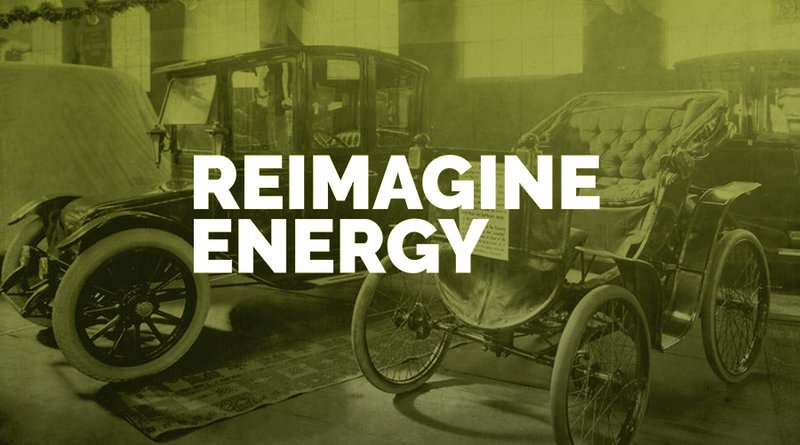There isstill progress to be made and milestones to be achieved before EVs become thenorm, but the industry has already garnered lots of success. Here, we take alook at five significant highlights that have helped pave the way for the e-mobility revolution.
The first electric vehicles
EVs arefar from a modern invention. From as far back as the 19th century,scientists, engineers and inventors have been exploring the use of electricityto power vehicles. However, attributing the first EV to one particular personis near impossible. It’s widely considered that a series of breakthroughs inthe 1800s enabled the first electric-powered cars to hit the road.
Hungarianinventor ÁnyosJedlik created a type of electric motor capable ofpowering a small model carriage in 1828. In the UK, the first EV can be tracedback to 1832-1839, when Robert Anderson built a crude electric carriage poweredby non-rechargeable primary power cells. The Netherlands and U.S. are alsocredited with inventing electric carriages around the same time.
A game-changing battery
Perhapsthe most significant EV-related invention can be credited to French physicistGaston Planté, who developed the lead-acid battery in 1859. Planté’s creationwas the first rechargeable electric battery marketed forcommercial use. It would go on to make electric motoring a viable option.
Mostmodern-day EVs are powered by a lithium-ion battery. This is due to the higherenergy density it offers compared to other battery types, which means it can besmaller in size while retaining the same storage capacity. However, lead-acidbatteries are still widely used today in automobiles – both electric andcombustion-powered – for certain applications as the cells have a relativelylarge power-to-weight ratio and a low production cost.
Prolific charging infrastructure
The global stock of passenger EVs passed the five million mark in 2018. This has meant that the number of charging points has needed to substantially increase too. By the end of 2018, there were approximately 5.2 million charge points around the world, an increase of 44% from the previous year. Most of this growth came in the private charging space, which accounted for over 90% of the 1.6 million new installations in 2018.
Public charging is also on the rise, though. For example, the U.S. state of Maryland features the country’s first gas station that has fully transitioned from offering petroleum to exclusively offering EV charging points. In fact, installing EV charging infrastructure that meets the needs of all EV drivers is a priority for nearly every country worldwide. China has set aims of having 4.3 million private chargers and 500,000 public chargers available by 2030, while France’s total target is seven million charging points by 2025. EV charging has significantly evolved: from drivers only charging at home, now it’s easy to find an expansive, continually-growing charging infrastructure in private, in public and at the workplace. If the industry continues on this same path, charging options will become more abundant as EV adoption persists.
The end of the road for combustionengines
Nearly 40countries and cities around the world have already announced plans to ban thesale and use of passenger vehicles powered by fossil fuels within thenext 30 years. These include China and Japan (two of the three largest automarkets globally), as well as places in nearly every continent. Banning fossilfuel vehicles is also on the European Union’s agenda, with hopes that anEU-wide position on phasing out the internal combustion engine by 2040 willsoon be agreed.
Reasonsfor banning vehicles with internal combustion engines are varied. Some are tomeet national climate targets or international agreements to reduce carbonemissions, such as the Paris Agreement. In contrast, others are aimed atachieving greater energy independence or minimizing the health risks associatedwith poor air quality. However, while there have been lots of vows to ban sales,not much official legislation has been put in place. It’s likely that this willnot take place until the average cost of an EV will fall below that of agasoline or diesel vehicle – perhaps in about five years’ time.
Bringing electrification to other formsof transport
While EVsare the most prolific and recognized form of electric transport, other types ofelectrification are taking place across the world. In 2019, two of London’s busroutes became exclusively electric, meaning that the city has the largest fleetof electric buses in Europe. In the same year, the world’s most powerfulfully-electric ferry was launched in Denmark. Backed by the Horizon 2020European initiative, the Ellen E-ferry is proof that energy-efficient,zero-emission waterborne transport is possible for island communities, coastalzones and inland waterways in Europe and beyond. In Germany, there are moreelectric buses operating in cities than ever before, as well as the firstpassenger train in the world powered by a combination of a battery and hydrogenfuel cell.
Major players from the aviation, marine and other heavy-duty transport sectors will be able to look to the EV industry for best practice when it comes to electrification. However, according to the European Commission, further significant breakthroughs in battery cell technology are required that will lead to 3-5 times higher energy densities. This will make the electrification of long-haul trucks, small aircraft and long-distance vessels more attractive in the mid-to-long term.
Further interviews
Michael Lehmann Plans, hurdles and concerns during the market launch and how they were overcome
Elmar Möller of TechniSat talks about entering the energy market as a consumer electronics company
Hans Krüger, Director Products at Kiwigrid, talks about the smart meter rollout in Germany, the remaining challenges and the potential of value-added services
